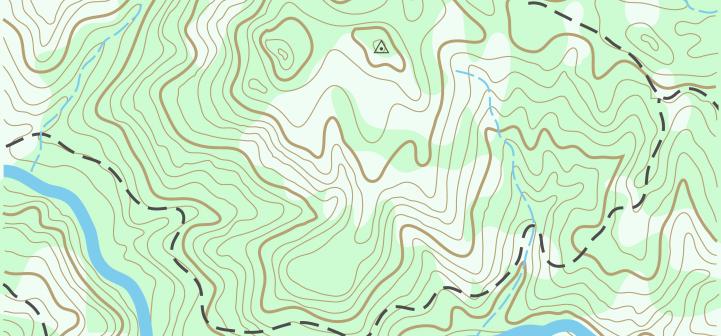Features on the Earth reflect, absorb, transmit, and emit electromagnetic energy from the sun. Special digital sensors have been developed to measure all types of electromagnetic energy as it interacts with objects in all of the ways listed above. The ability of sensors to measure these interactions allows us to use remote sensing to measure features and changes on the Earth and in our atmosphere. A measurement of energy commonly used in remote sensing of the Earth is reflected energy (e.g., visible light, near-infrared, etc.) coming from land and water surfaces. The amount of energy reflected from these surfaces is usually expressed as a percentage of the amount of energy striking the objects. Reflectance is 100% if all of the light striking and object bounces off and is detected by the sensor. If none of the light returns from the surface, reflectance is said to be 0%. In most cases, the reflectance value of each object for each area of the electromagnetic spectrum is somewhere between these two extremes. Across any range of wavelengths, the percent reflectance values for landscape features such as water, sand, roads, forests, etc. can be plotted and compared. Such plots are called “spectral response curves” or “spectral signatures.” Differences among spectral signatures are used to help classify remotely sensed images into classes of landscape features since the spectral signatures of like features have similar shapes. The figure below shows differences in the spectral response curves for healthy versus stressed sugar beet plants.  The more detailed the spectral information recorded by a sensor, the more information that can be extracted from the spectral signatures. Hyperspectral sensors have much more detailed signatures than multispectral sensors and thus provide the ability to detect more subtle differences in aquatic and terrestrial features.
The more detailed the spectral information recorded by a sensor, the more information that can be extracted from the spectral signatures. Hyperspectral sensors have much more detailed signatures than multispectral sensors and thus provide the ability to detect more subtle differences in aquatic and terrestrial features.
